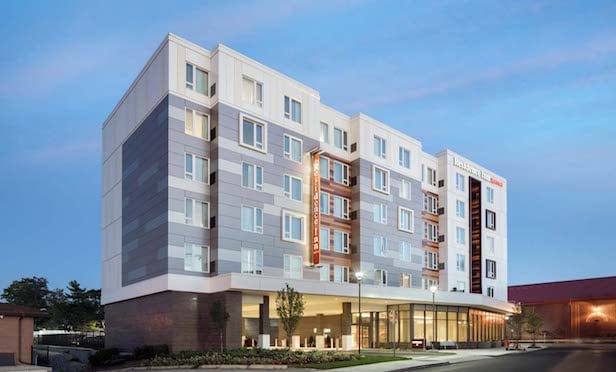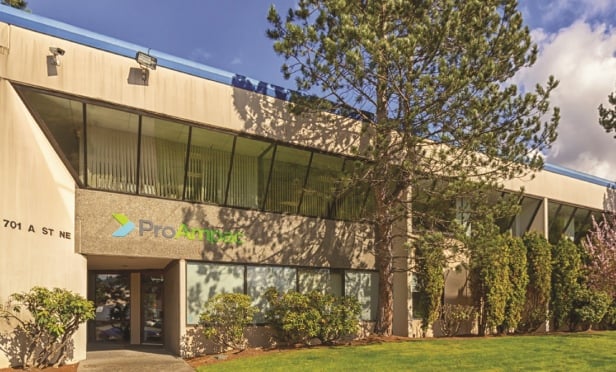ORLANDO—David Murphy, CBRE senior vice president of Industrial Properties, is eating, drinking and breathing the CSX's new Central Florida Intermodal Logistics Center (ILC) these days. But he's taking a break for a day to share his thoughts on Central Florida's industrial market at RealShare Central Florida on Oct. 30.
As he prepares for the event, GlobeSt.com caught up with Murphy to get his thoughts on the ILC, its target users, the benefits associated with it, and more, in part two of this exclusive interview. You can still read part one: What Makes ILC Different?
GlobeSt.com: Who is the target user for the Central Florida Intermodal Logistics Center (ILC)?
Murphy: You'll definitely see third-party logistics companies due to the site, but also large big-box distribution centers. We're seeing an influx of e-commerce type users in the Central Florida market who want to offer same-day delivery.
From Central Florida you can reach 18 million people who live within a 200-mile radius. The e-commerce users today employ many more fulfillment people and higher wage jobs, so we're anticipating employment growth as a result of the new terminal.
GlobeSt.com: What sorts of benefits will users receive as a result of this project?
Murphy: The first factor is the freight cost savings. If you can utilize rail, you can reduce freight costs between 10% and 40%. The intermodal terminal also cuts down on transportation costs from rail to warehouse.
Secondly, there's a reliability factor. We're seeing increasing fuel costs, constrained driver pools, highway congestion and regulatory restrictions in Florida. One of the benefits of locating at an intermodal terminal is that companies can minimize those issues.
The third major benefit is the “green factor.” One intermodal train can carry the same amount of containers as 12 trucks. As a result, the terminal and rail actually provide cleaner, more efficient, more sustainable operations.
GlobeSt.com: How much interest are you seeing from potential users?
Murphy: We're already receiving interest from companies that don't even have a presence in the state of Florida—large distributors related to a wide variety of industries—third-party logistics, retail, commodities.
Furthermore, we expect to see business generated from the ports of Miami, Tampa, and Savannah. Sophisticated warehouse and supply chain experts already know how intermodal transportation can reduce costs, and major companies have been reaching out to us to learn more about the options of locating there.
GlobeSt.com: What's the biggest marketing challenge you face on this project?
Murphy: We're not just marketing a 400,000-square-foot industrial building. We have to market the entire process for people who may not be familiar with how intermodal transportation works. There's a major difference between what we had in the past and what we have now. Using intermodal is like driving on a highway versus a two-lane road.
© Touchpoint Markets, All Rights Reserved. Request academic re-use from www.copyright.com. All other uses, submit a request to [email protected]. For more inforrmation visit Asset & Logo Licensing.






